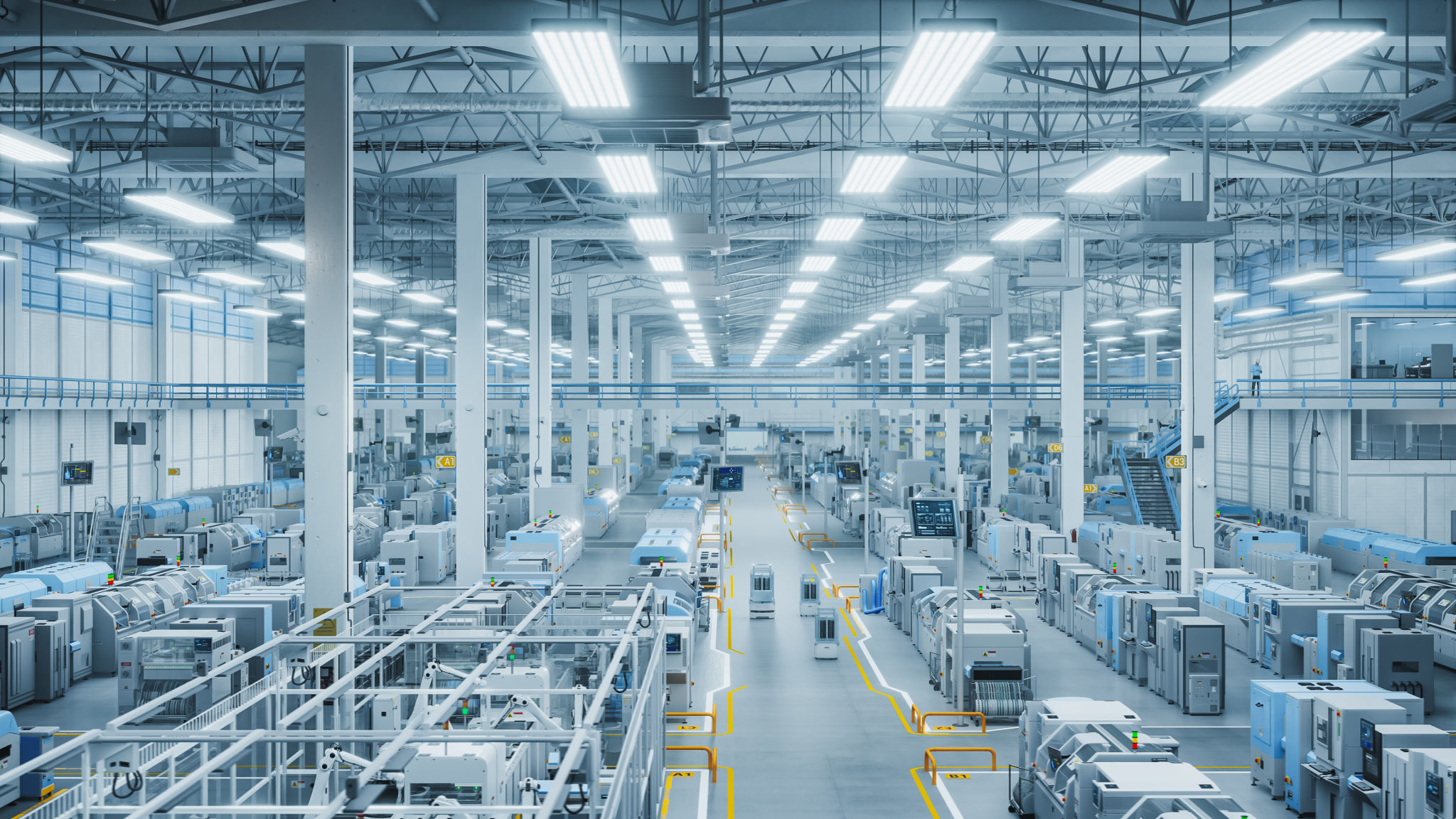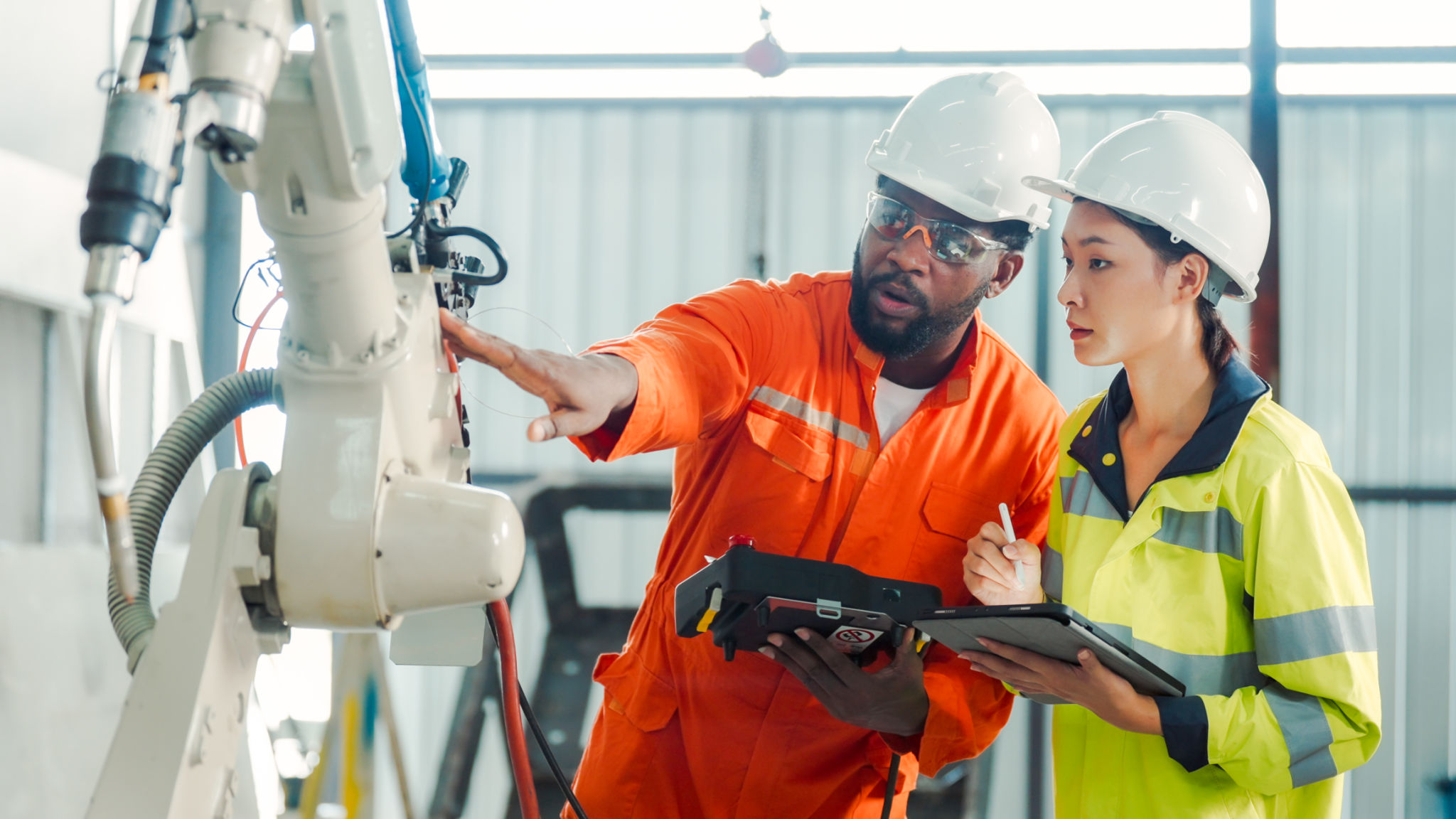The Benefits of Using Inspection Robots in Zhejiang Factories
The Rise of Inspection Robots in Zhejiang Factories
In recent years, Zhejiang has emerged as a hub for technological advancement, particularly in the manufacturing sector. A significant development in this area is the incorporation of inspection robots in factories. These robots are transforming the way inspections are conducted, offering numerous advantages that enhance efficiency and safety within industrial environments.

Enhancing Efficiency and Accuracy
One of the primary benefits of using inspection robots is the substantial increase in both efficiency and accuracy. Traditional inspection methods often involve manual checks that can be time-consuming and prone to human error. However, with robots, inspections are conducted with precision and swiftness, significantly reducing the margin for error. This ensures that factories maintain high standards in production quality.
Inspection robots are equipped with advanced sensors and cameras that provide a comprehensive analysis of machinery and products. This technology allows for real-time data collection and analysis, enabling quicker decision-making processes. As a result, factories in Zhejiang can address potential issues before they escalate into costly problems.
Improving Workplace Safety
Another crucial advantage of inspection robots is their contribution to workplace safety. Factory environments can be hazardous, with risks of accidents occurring during manual inspections. By deploying robots, factories can minimize the need for human workers to be exposed to dangerous conditions. This not only protects employees but also reduces the likelihood of incidents that could disrupt production.

Moreover, these robots can access hard-to-reach areas and operate in extreme temperatures or toxic environments without compromising safety. This capability makes them indispensable assets in ensuring comprehensive inspections without endangering human lives.
Cost-Effectiveness and Long-Term Savings
While the initial investment in inspection robots might seem significant, the long-term savings they provide are substantial. These robots reduce labor costs by minimizing the need for large inspection teams. Additionally, their ability to detect issues early prevents costly repairs and production downtime.
Factories in Zhejiang are finding that the cost-effectiveness of these robots extends beyond just labor savings. By maintaining high-quality production standards and preventing defects, these robots help preserve a factory's reputation and customer satisfaction, leading to sustained business success.

Supporting Sustainable Practices
The use of inspection robots also aligns with sustainable business practices. By ensuring machinery operates optimally, these robots contribute to energy efficiency and reduced waste. This is particularly important as more industries strive to minimize their environmental impact.
Furthermore, the precision of inspection robots helps factories adhere to environmental regulations by ensuring that production processes do not exceed allowable emissions or waste levels. This not only supports sustainability goals but also helps avoid potential fines and sanctions.
The Future of Factory Inspections
As technology continues to evolve, the role of inspection robots in Zhejiang factories is expected to expand further. Innovations in artificial intelligence and machine learning are likely to enhance their capabilities, making them even more integral to manufacturing processes.
With ongoing advancements, these robots will continue to contribute to improved efficiency, safety, and sustainability in factories across Zhejiang and beyond. Embracing this technology is not just a trend but a necessity for factories aiming to remain competitive in the global market.